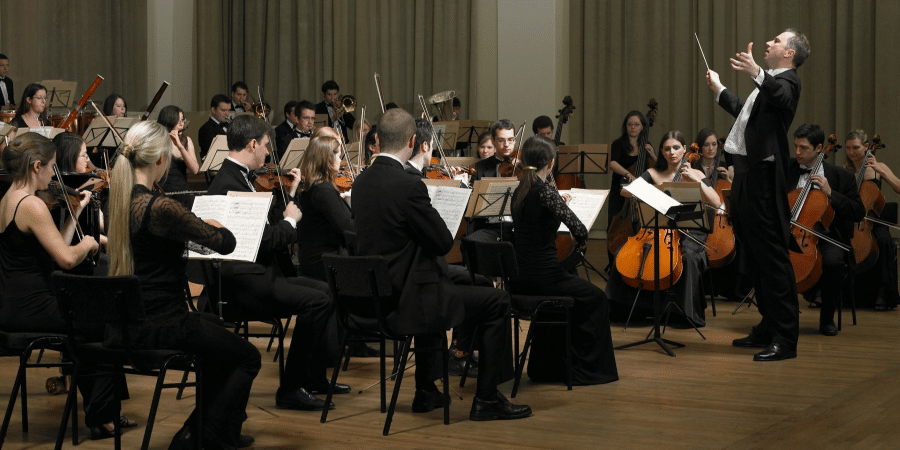Country music has long been a beloved genre that resonates with audiences around the world. From its humble roots in rural America to its modern-day prominence on the global stage, country music has undergone significant changes and transformations over the past decades. In this article, we’ll take a nostalgic trip through time to explore how country music has evolved, adapted, and reinvented itself over the years.
The Early Years: Roots in Folk and Blues
The origins of country music can be traced back to the late 19th and early 20th centuries, when immigrants from Europe and Africa brought their musical traditions to the American South. Influenced by folk, blues, gospel, and Appalachian mountain music, early country songs often revolved around themes of love, heartache, and rural life. Artists like The Carter Family, Jimmie Rodgers, and Hank Williams Sr. helped popularize country music through their recordings and radio broadcasts, laying the foundation for the genre’s future growth and success.
The Golden Age: Honky-Tonk and the Nashville Sound
The 1940s and 1950s saw the rise of honky-tonk music, characterized by its upbeat rhythms, twangy guitars, and heartfelt lyrics about love, drinking, and hardship. Artists like Hank Williams, Ernest Tubb, and Lefty Frizzell became icons of the genre, earning widespread acclaim and commercial success. Meanwhile, in Nashville, Tennessee, the birthplace of country music, producers like Chet Atkins and Owen Bradley pioneered the “Nashville Sound,” a polished and sophisticated style of country music that incorporated lush orchestral arrangements and smooth vocal harmonies. This era also saw the emergence of legendary artists like Patsy Cline, Johnny Cash, and Loretta Lynn, who helped popularize country music on a national and international level.
The Outlaws and the Urban Cowboy Movement
In the 1960s and 1970s, country music underwent a rebellious and experimental phase, as a new generation of artists challenged the traditional conventions of the genre. Dubbed the “outlaw” movement, artists like Willie Nelson, Waylon Jennings, and Merle Haggard embraced a raw, gritty sound that reflected their anti-establishment ethos and independent spirit. Meanwhile, in the late 1970s, the “Urban Cowboy” craze swept the nation, bringing country music to the mainstream with its fusion of country and rock elements. Songs like “Amarillo by Morning” by George Strait and “The Gambler” by Kenny Rogers became crossover hits, appealing to audiences beyond the traditional country music fanbase.
The Rise of Pop and Country Crossover
In the 1980s and 1990s, country music experienced a surge in popularity and commercial success, thanks in part to the rise of pop and country crossover hits. Artists like Garth Brooks, Shania Twain, and Tim McGraw dominated the charts with their catchy melodies, slick production, and crossover appeal. Country music videos became a staple on MTV, while radio stations across the country embraced the genre’s mainstream appeal. At the same time, traditionalists like George Strait, Alan Jackson, and Randy Travis kept the flame of traditional country music alive, earning critical acclaim and respect within the industry.
Modern Trends: Diversity and Innovation
In the 21st century, country music continues to evolve and adapt to changing tastes and trends. Artists like Taylor Swift, Carrie Underwood, and Luke Bryan have brought a fresh, contemporary sound to the genre, blending elements of pop, rock, and hip-hop with traditional country sensibilities. Meanwhile, independent artists and underground scenes have flourished, pushing the boundaries of what constitutes “country” music and embracing a diverse range of styles and influences. From alt-country and Americana to bro-country and country rap, the genre remains as vibrant and diverse as ever, reflecting the rich tapestry of American culture and identity.
Country Music: A Timeless Genre with Endless Possibilities
In conclusion, country music has undergone a remarkable evolution over the past decades, from its humble beginnings in rural America to its current status as a global phenomenon. While the genre has seen its fair share of changes and challenges, one thing remains constant: its ability to capture the hearts and minds of listeners with its timeless melodies, heartfelt lyrics, and authentic storytelling. Whether you’re a fan of classic honky-tonk, modern pop-country, or anything in between, there’s no denying the enduring appeal and power of country music to inspire, entertain, and connect us all. So here’s to the next chapter in the rich and storied history of country music, where the possibilities are as endless as the open road and the sound of a steel guitar drifting through the Tennessee hills.
















